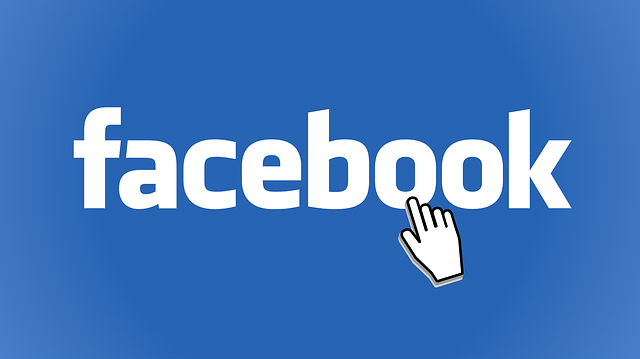 Facebook asserts that it can reach more young people in the U.S. than live the country. A Pivotal Research analyst discovered that Facebook’s Ad Manager claims to reach 41 million 18- to 24-year-olds in the U.S. That’s remarkable considering census data estimates that age group’s population at 31 million, the Wall Street Journal reports.
Facebook asserts that it can reach more young people in the U.S. than live the country. A Pivotal Research analyst discovered that Facebook’s Ad Manager claims to reach 41 million 18- to 24-year-olds in the U.S. That’s remarkable considering census data estimates that age group’s population at 31 million, the Wall Street Journal reports.
The same discrepancy applies to other age groups. Facebook says it can reach 60 million people 25- to 34- year olds. The census counts 45 million people in that group. An Australian trade publication had previously reported that Facebook claims it reaches 1.7 million more 15- to 40-year-old users in Australia than the country’s official population.
“This is the company that’s supposed to have the most and best user data. They’re supposed to have solved the problem of matching up real people with online personae,” said Alexis C. Madrigal at The Atlantic.
Facebook’s Defense
“Facebook’s audience estimates cannot be compared apples-to-apples with the US Census Bureau’s resident estimates. Each estimate is calculated differently and vulnerable to separate reporting errors,” as Tim Peterson at Marketing Land explains. Either estimate, or both, could be wrong.
There are several reasons why Facebook estimates could be wrong: Users may report their ages incorrectly. Since its minimum age requirement is 15 years, younger users lie about their age to register. Users may open multiple accounts. Facebook counts people who claim they live in the U.S. nonresidents and visitors who reveal their location to the network.
Facebook stated its audience reaches estimates “are based on a number of factors, including Facebook user behaviors, user demographics, location data from devices, and other factors. They are not designed to match population or census estimates.” The company estimates how many people an ad could reach, not how many people will actually see it.
The incident highlights the limited usefulness of reach as a metric for measuring advertising or PR and marketing effectiveness. Like impressions, reach emphasizes viewership rather than business outcomes. And like impressions, it tends to be greatly overestimated, sometimes to a ridiculous degree. Many people who view the brand’s message may not be its target audience. Some might not even be real people. The figures reported for online news sources, for instance, often include page visits by robots from content aggregation services such as Google News.
Past Measurement Miscalculations
Facebook has admitted it miscalculated metrics several times over the past year, either over- or underestimating numbers it provides to advertisers and publishers. Most mistakes were relatively minor; Facebook corrected them quickly. One was serious enough to prompt Facebook to issue refunds to some advertisers after it overstated the number of visitors it had referred to their websites.
The revelations won’t help improve marketers’ trust in Facebook’s measurement practices and will likely increase pressure for more transparency and third-party reviews of Facebook metrics. But advertisers probably won’t reduce Facebook advertising.
“Not to state the obvious, but any metrics discrepancy with Facebook adds to the distrust in their incredibly powerful half of the duopoly,” says Jason Kint, CEO of Digital Content Next. “The industry has failed to probe deep enough on the reliability of data, and I expect this is changing quickly as there have been more and more calls for third-party verification of Facebook’s data.” The Facebook issues may also increase pressure on other social media platforms to improve data reporting.
Bottom Line: Facebook’s claim that it reaches more people in the U.S. than the Census Bureau says there are renewed suspicions of Facebook’s measurement practices. While some observers mocked the company, others pointed out valid reasons why Facebook and census figures vary. Ultimately, smart marketers rely on metrics other than reach to measure their campaigns.
William J. Comcowich founded and served as CEO of CyberAlert LLC, the predecessor of Glean.info. He is currently serving as Interim CEO and member of the Board of Directors. Glean.info provides customized media monitoring, media measurement and analytics solutions across all types of traditional and social media.




